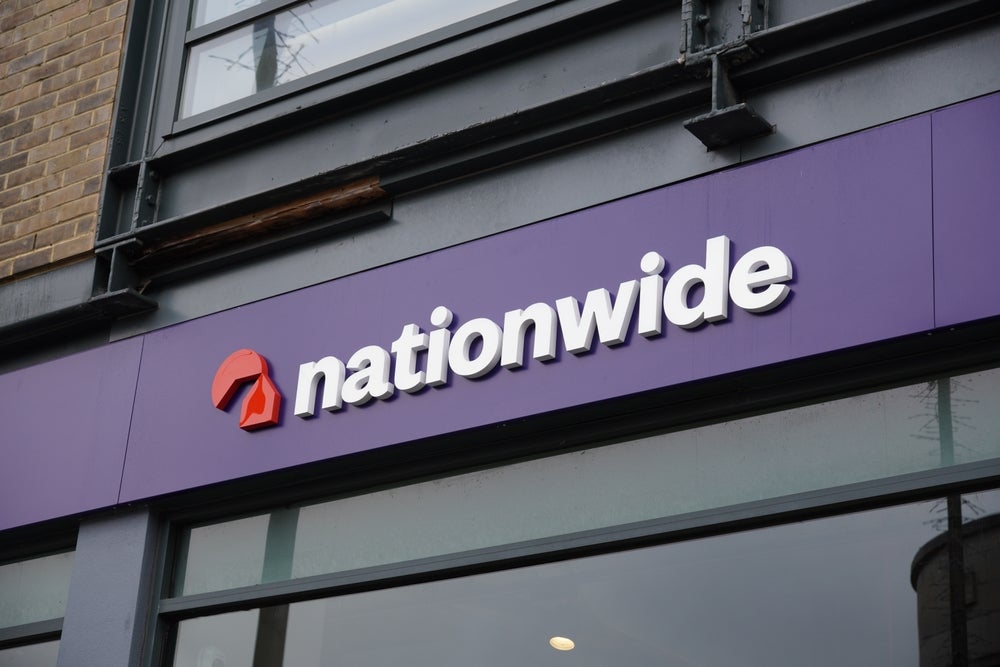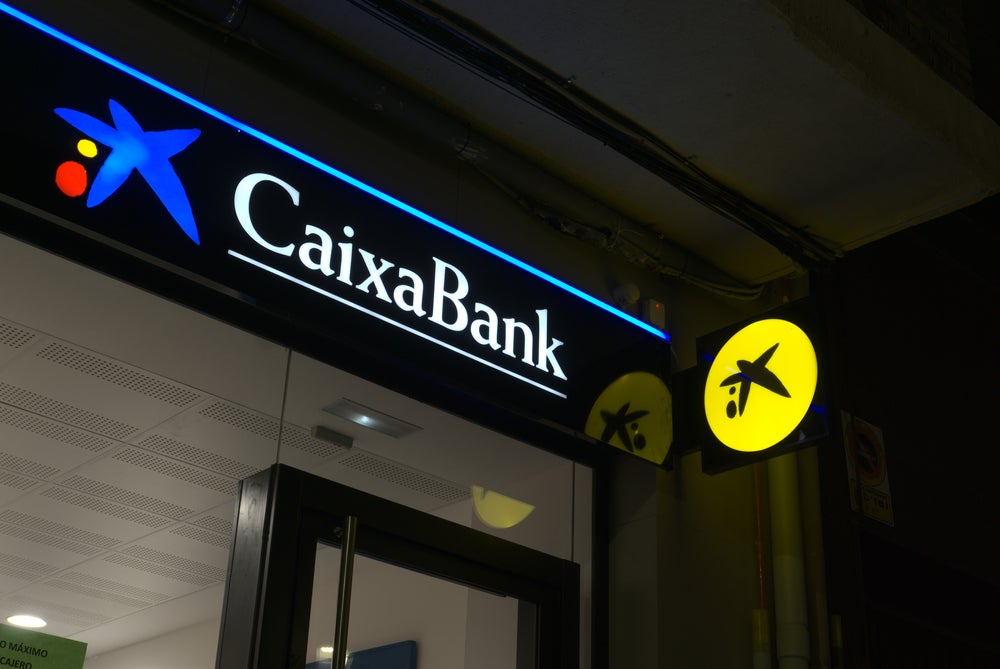The Banking Industry Architechture Network (BIAN) has announced the release of its latest industry standard framework, Service Landscape 3.0, designed to ease the industry away from costly and impractical IT systems.
According to the non-profit organisation, Service Landscape 3.0 will enable banks to cut IT infrastructure complexity and integration costs.
BIAN’s goal is to get banks around the world to move across to a service-oriented architecture (SOA) that separates pre-defined services into core IT building blocks and identifies the necessary links between them.
The announcement from BIAN comes as UK banks are urged to overhaul their aging IT systems to cope with customer demand by Prudential Regulatory Authority (PRA) CEO Andrew Bailey.
Andrew Bailey, chief executive of the Prudential Regulatory Authority (PRA), said that the legacy IT infrastructure currently used by high street lenders is struggling to deal with new customer requirements such as online and mobile banking.
Bailey said: "This is an industry with complex and quite aged IT – often complex because companies have grown up through acquisition.
How well do you really know your competitors?
Access the most comprehensive Company Profiles on the market, powered by GlobalData. Save hours of research. Gain competitive edge.

Thank you!
Your download email will arrive shortly
Not ready to buy yet? Download a free sample
We are confident about the unique quality of our Company Profiles. However, we want you to make the most beneficial decision for your business, so we offer a free sample that you can download by submitting the below form
By GlobalData"What would be a very bold thing to do is stripping the machine down and rebuilding it instead of bolting bits together in complex fashions so you end up with a very complex architecture."
Bailey added: "The world has changed. We all used to have to wait for whenever it was for our statement to arrive to know what was going on in our bank account. Now many people can interrogate their accounts online. That is good, that’s innovation, but it puts a lot of strain on these core systems because it’s a world they weren’t designed for."
Bailey suggested that banks should take the "bold" move of rebuilding systems from scratch rather than bolting updates onto existing software.
Last week the PRA alongside the Financial Conduct Authority and the Bank of England launched a formal assessment of the resilience of banks’ IT.
The report will assess how banks manage their exposure to IT risks, how engaged boards are with improving IT resilience, and whether they have the necessary expertise.
Some UK lenders have begun to invest in new infrastructure, with Nationwide switching to an SAP core banking platform last year.
Others with more serious legacy IT concerns are also attempting to simplify IT estates, with Royal Bank of Scotland CEO Ross McEwan pledging to invest in upgrading IT after "decades" of underinvestment, while Barclays has also attempted to address its IT complexity through its ‘Transform’ agenda.
Hans Tesselaar, executive director of BIAN said: "Today represents a significant landmark for BIAN – with over 100 new business scenarios built into the Service Landscape, the network has drilled down to bank-specific capabilities, which will ultimately support the industry to adopt a standard IT infrastructure model.
"Soaring banking technology costs are holding financial institutions back from providing the best possible service to their customers and making updates complex, time-consuming, risky and costly.
"Implementing the BIAN standard will encourage greater business efficiency across banks, so that they can compete in the areas that really matter – namely providing a great service to customers."
Service Landscape 3.0 will give users access to a complete Unified Modelling Language (UML) model of the BIAN Service Landscape. For non-BIAN members an HTML version, free of charge, is available.
Related articles:
BIAN announces first African technology member, SCI
Commercial Bank of Qatar becomes BIAN’s first Middle Eastern member
BIAN and The Open Group launch practical guide to enterprise architecture in banking







